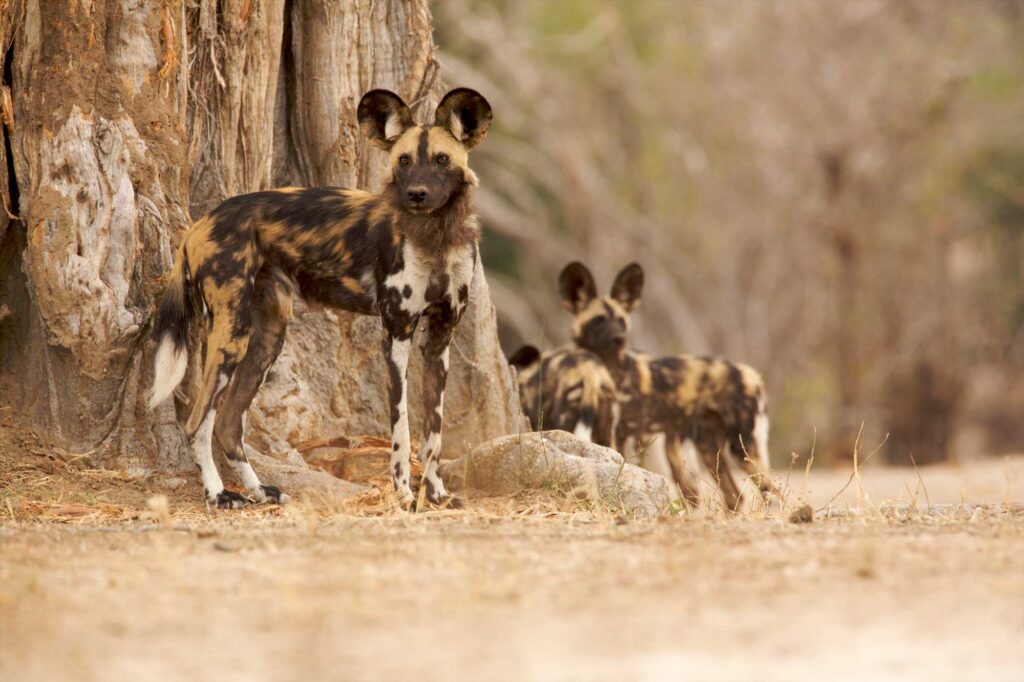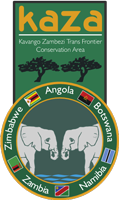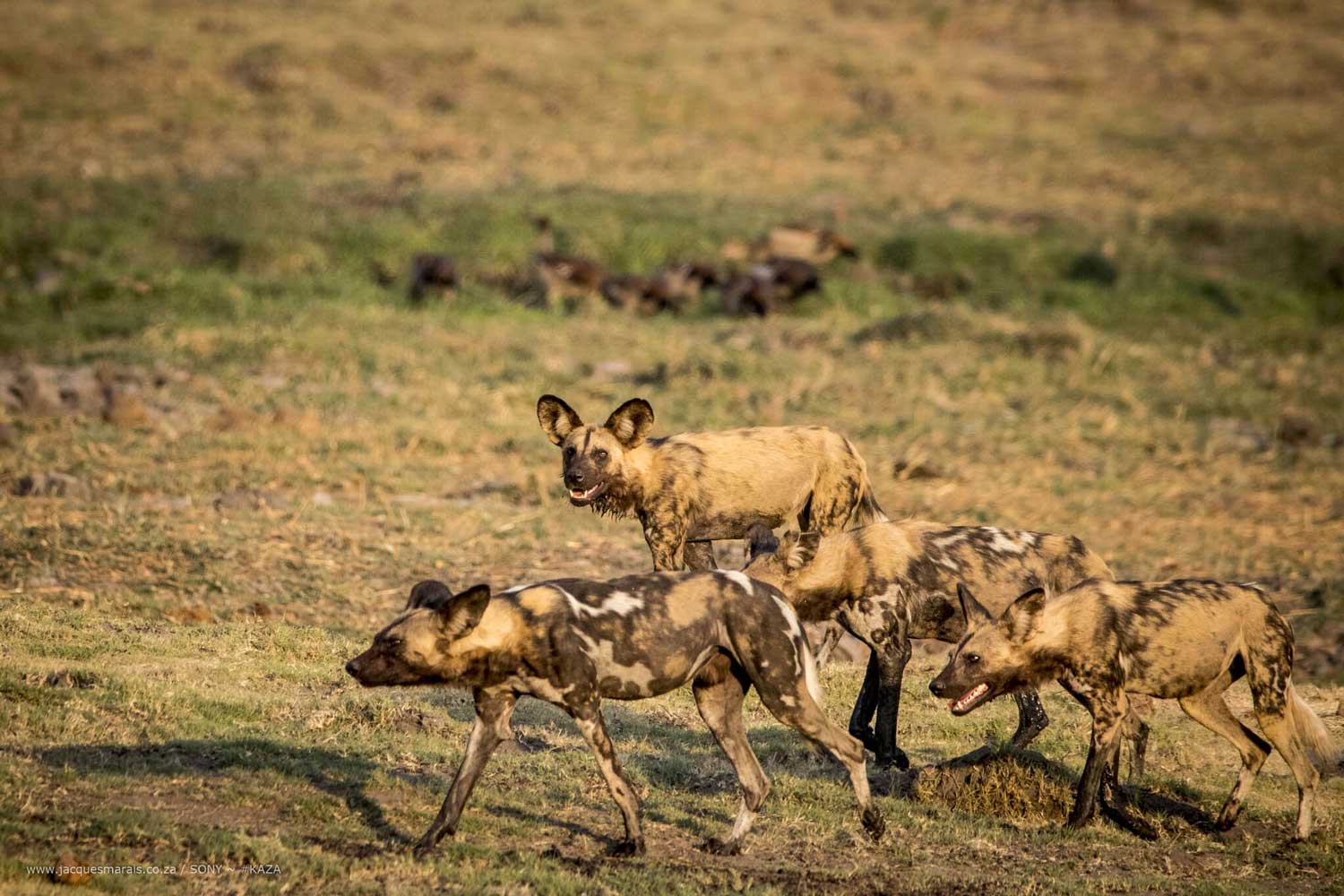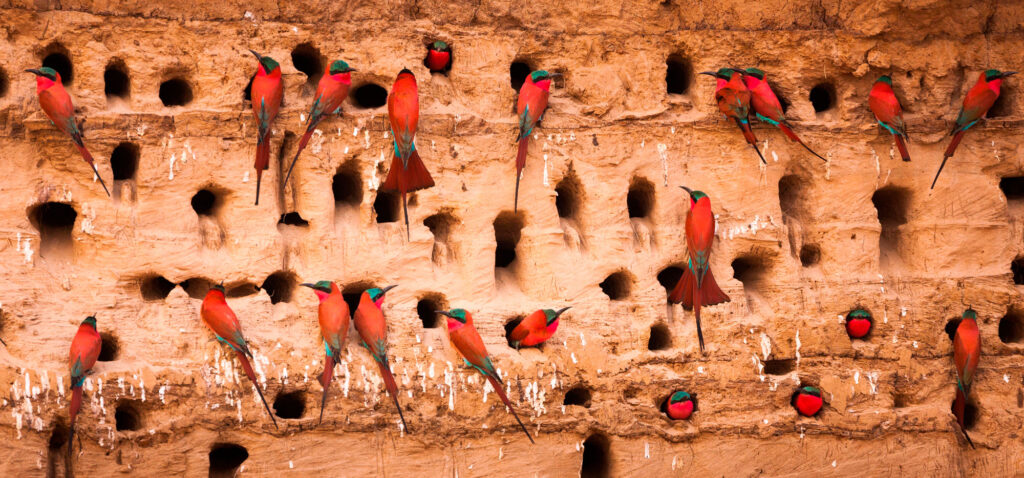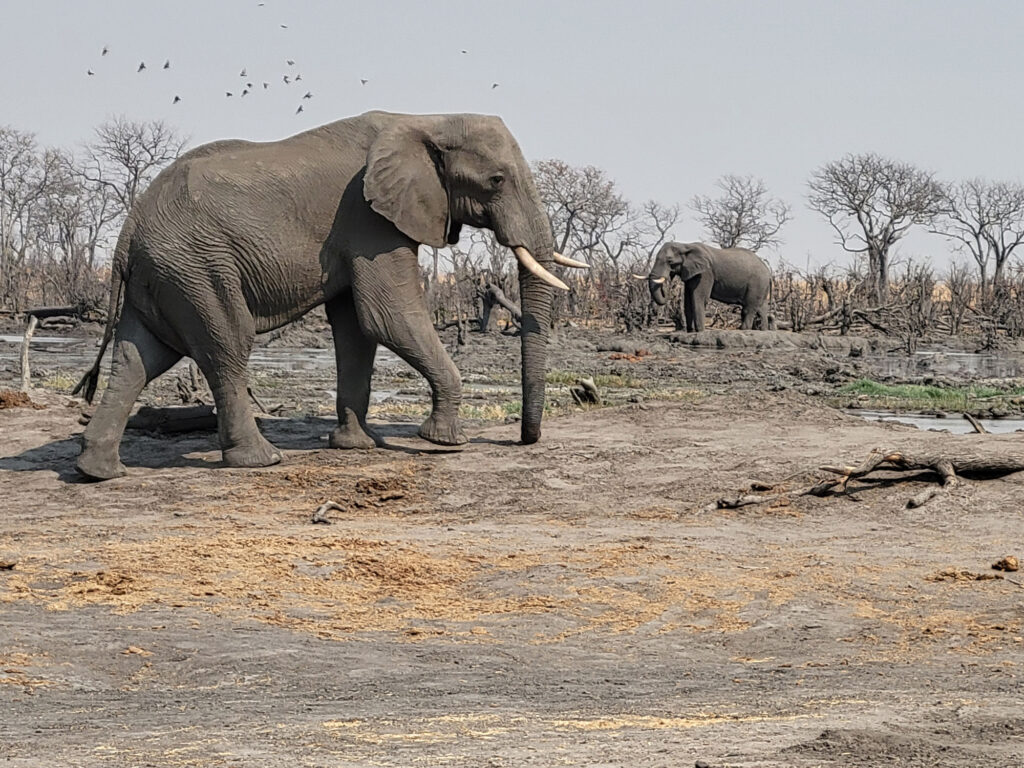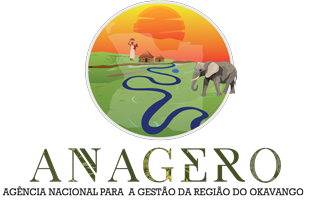An impala ram blocks the track, body rigid with tension. Before you can make out where he’s staring, more impala erupt from the thicket, scattering in breakneck confusion. “Dogs!” calls your guide. Sure enough, the first pursuer bounds into view, then two more, running in parallel. You grab your camera as your vehicle swings around to joins the chase.
There are few greater safari thrills than finding a hunting pack of African wild dogs. And nowhere offers a better opportunity than KAZA. With around 1,500 mature individuals, the trans-frontier park protects around 25% of the world population of this endangered canine. Top spots include Botswana’s Okavango Delta and Chobe-Linyanti floodplain, while Zimbabwe’s Hwange and Zambia’s Kafue also hold decent numbers – but this nomadic carnivore is among Africa’s great wanderers and may turn up anywhere in the region.
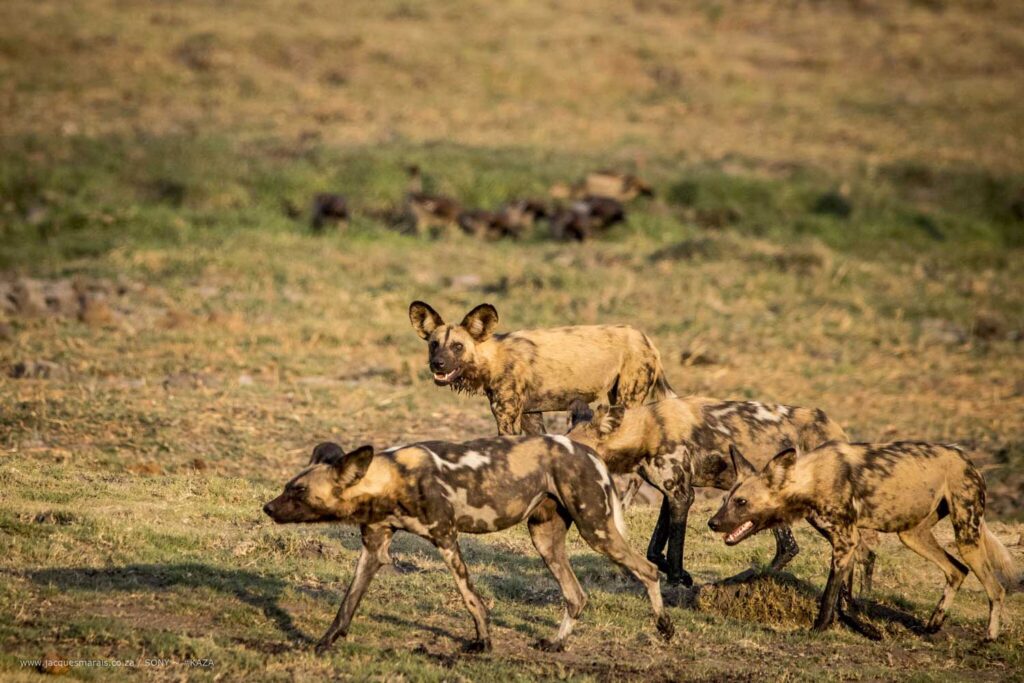
Wild dogs are the size of a slim border collie and easily recognised by their blotchy-patterned coats and Micky-Mouse ears. Highly social animals, they use impressive teamwork to overhaul prey, enjoying greater hunting success rates than any other large African carnivore. While undeniably fast – individuals may reach 60km/h – their slender, long-limbed physique is built more for stamina, allowing a pack to continue hunting in a stop-start pattern over an extended chase. If one attack fails, they regroup and go again.
A kill itself can seem brutal – the prey typically secured with a grip on the muzzle and hindquarters then disembowelled – and feeding may start while the victim is still alive. However, the process is invariably quick (often quicker than, say, a big cat’s protected chokehold), and in the brief, adrenaline-fuelled struggle the prey experiences little suffering. Either way, no cruelty is involved.
Though formidable hunters, wild dogs are vulnerable to piracy. Hyenas and lions, alerted by panicking prey, will quickly move in to steal a kill. Indeed, lions target wild dogs as competitors and will kill them if they can. To survive, wild dogs rely upon social skills. Every hunt is preceded by a bonding ritual, in which all pack members greet and groom one another. If hyenas turn up, the pack rallies to repel the larger predators.
This socialisation begins in the den. Wild dog packs centre around a single breeding pair, whose large litters of around ten are the focus of the whole pack. While the pups are young, food is brought back and regurgitated to them. They hone their social skills as they grow, finding their places in twin male and female hierarchies.
Wild dogs were once reviled as wanton killers and slaughtered as vermin. Now we know better, understanding their complex lives and the vital role they play in ecology. Today, however, their numbers are very low, and with their population reduced and fragmented, they are vulnerable to other threats, including disease, snaring and road traffic. By working with local communities, boosting wild prey populations and establishing safe corridors between protected areas, KAZA is helping secure the future of this captivating animal. Meanwhile, for the lucky visitor, watching wild dogs on the hunt or relaxing with the pack at the den is a highlight of any safari.
